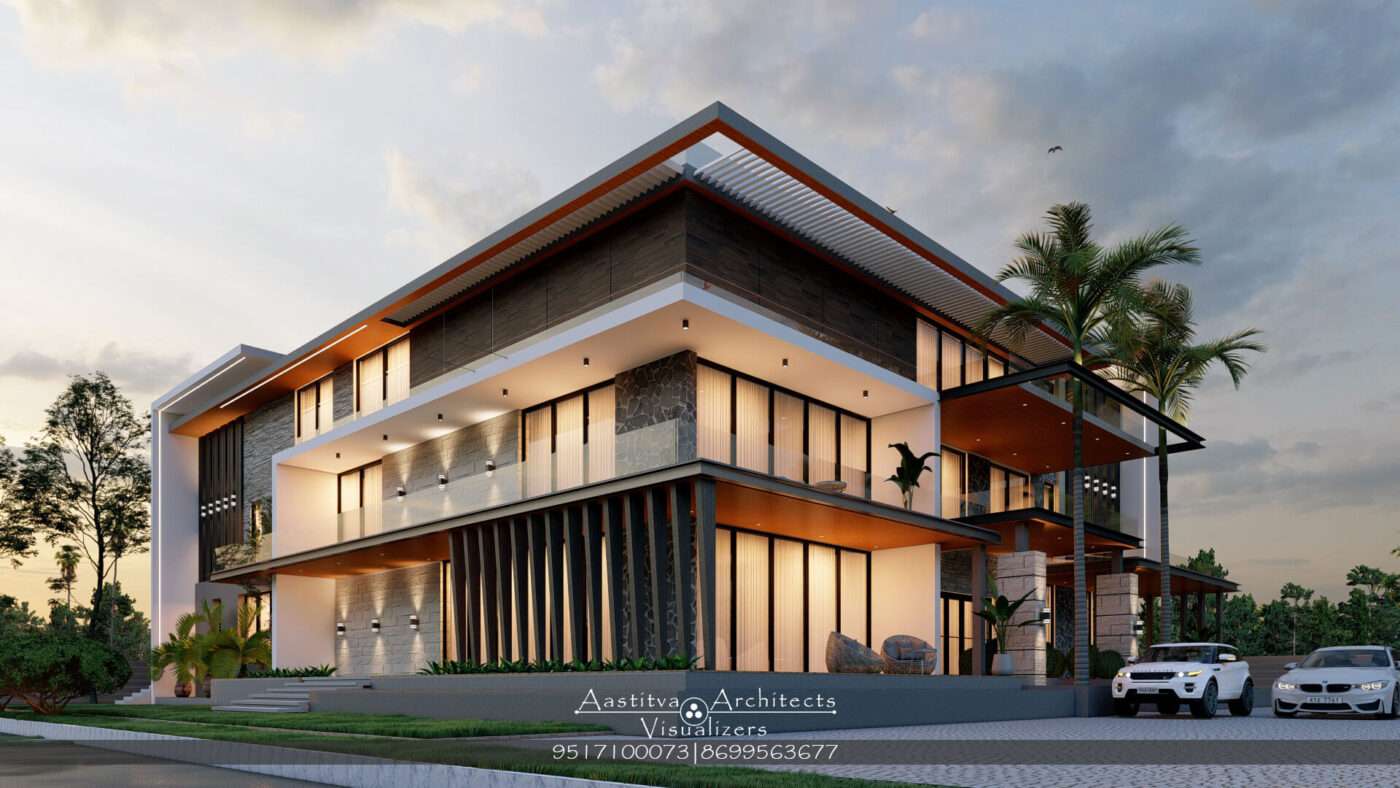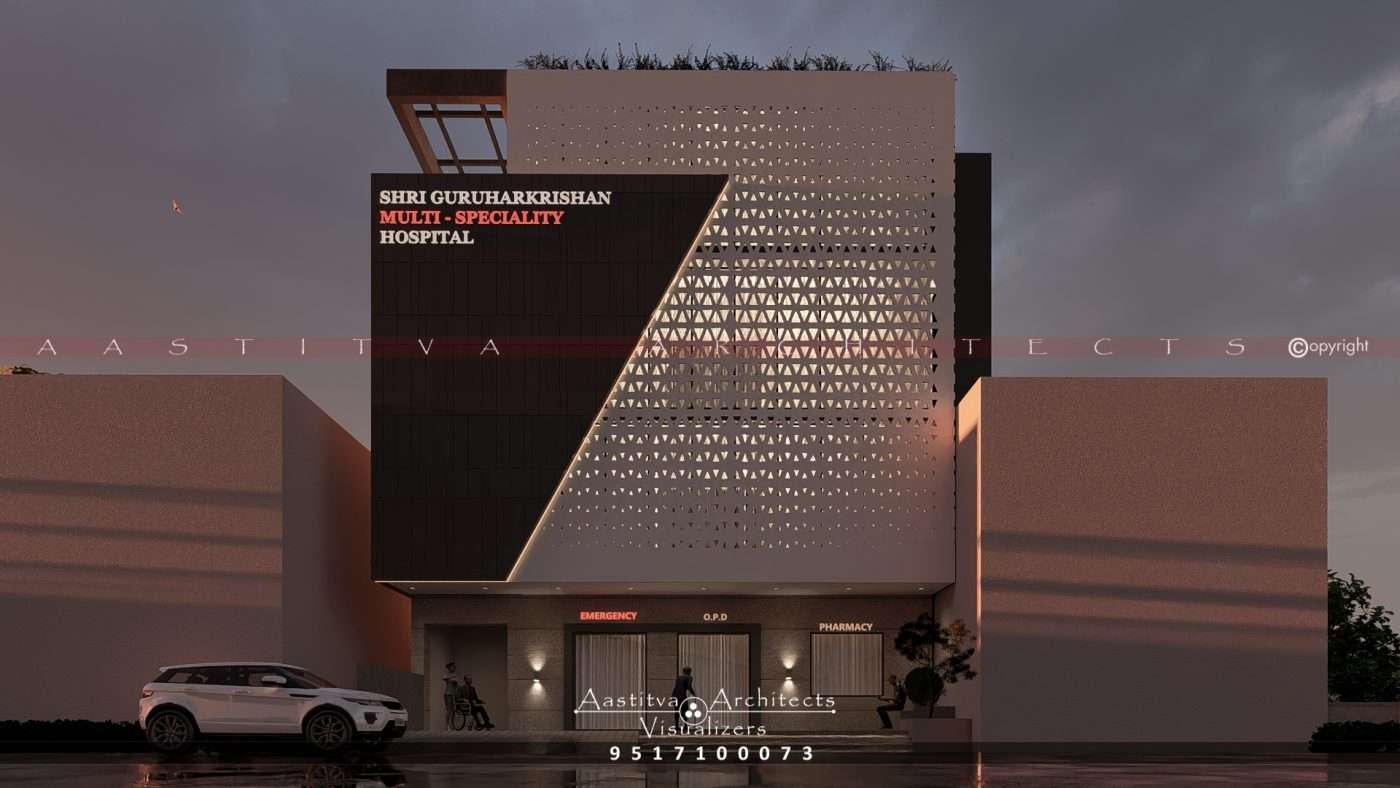- Introduction
- What is Facade Design 3D?
- Importance of Facade Design 3D in Architecture
- History of Facade Design
- Ancient Facades
- Medieval and Renaissance Facades
- Modern Facade Design
- Elements of Facade Design
- Materials Used
- Color and Texture
- Architectural Styles
- Types of Facade Designs
- Traditional Facade Designs
- Contemporary Facade Designs
- Sustainable Facade Designs
- Materials for Facade Design
- Stone and Brick
- Glass and Steel
- Composite Materials
- Technological Advances in Facade Design
- 3D Printing in Facade Design
- Smart Facades
- Energy-efficient Facades
- Sustainability in Facade Design
- Eco-friendly Materials
- Energy Efficiency
- Green Walls and Roofs
- Aesthetic Considerations
- Visual Appeal
- Harmonizing with the Environment
- Balancing Functionality and Design
- Case Studies of Iconic Facades
- Sydney Opera House
- The Louvre Pyramid
- Burj Khalifa
- Challenges in Facade Design
- Weather and Climate Considerations
- Budget Constraints
- Regulatory and Compliance Issues
- Future Trends in Facade Design
- Biophilic Design
- Interactive Facades
- Adaptive Facades
- The Role of Technology in Facade Design
- CAD and BIM Software
- Virtual Reality in Design
- Drone Technology
- Expert Tips for Designing a Stunning Facade
- Understanding the Building’s Purpose
- Integrating Local Culture and History
- Ensuring Long-term Durability
- Conclusion
- The Ever-evolving Art of Facade Design
- The Future of Facade Design
- FAQs
- What is the main purpose of a building facade?
- How does facade design impact energy efficiency?
- What materials are commonly used in modern facade designs?
- Can facades be both functional and aesthetically pleasing?
- What are the latest trends in facade design?
The Ultimate Guide to Facade Design
Introduction
When you walk past a building, what’s the first thing you notice? Chances are, it’s the facade. Facade design isn’t just about looks; it’s the very first impression a building makes. Imagine a building’s facade as its handshake – firm, confident, and telling you exactly what you need to know before stepping inside. Let’s dive into the world of facade design, exploring its history, elements, and the exciting future that lies ahead.
What is Facade Design?
Facade design refers to the exterior face or wall of a building. It’s not just about aesthetics but also encompasses functional aspects like energy efficiency, weather resistance, and structural integrity. Essentially, a facade acts as a protective shield for the building while also giving it character and personality.
Importance of Facade Design in Architecture
The facade is crucial because it defines the architectural style and sets the tone for the rest of the building. It’s a blend of art and engineering, where creativity meets functionality. A well-designed facade can enhance the building’s value, ensure durability, and improve energy efficiency, making it a key aspect of sustainable architecture.
24 Modern Design for Year Next Home.

History of Facade Design
Ancient Facades
The history of facade design dates back to ancient civilizations. Think of the grand facades of Egyptian pyramids or Greek temples. These structures used facades not only for protection but also to convey power, divinity, and grandeur.
Medieval and Renaissance Facades
During the Medieval period, facades were more about fortification and less about aesthetics. However, the Renaissance era brought a shift towards ornate and detailed facades, emphasizing symmetry, proportion, and harmony.
Modern Facade Design
In modern times, facades have evolved to incorporate innovative materials and technologies. The focus is on minimalist designs, functionality, and sustainability, reflecting contemporary architectural philosophies.
Elements of Facade Design
Materials Used
The choice of materials plays a crucial role in facade design. Traditional materials like stone and brick provide a timeless look, while modern materials like glass and steel offer a sleek, contemporary aesthetic.
Color and Texture
Color and texture add depth and personality to a facade. From earthy tones that blend with the natural environment to bold colors that make a statement, the options are limitless.
Architectural Styles
The architectural style dictates the facade design. Whether it’s the clean lines of modernism, the intricate details of Gothic architecture, or the balanced proportions of Neoclassicism, each style brings its own unique facade design principles.
Types of Facade Designs
Traditional Facade Designs
Traditional facades often feature classic elements like columns, arches, and intricate carvings. They reflect historical and cultural influences, adding a sense of timelessness to the building.
Contemporary Facade Designs
Contemporary facades prioritize simplicity, clean lines, and the use of modern materials. They often incorporate large glass panels, metal cladding, and innovative structural designs.
Sustainable Facade Designs
Sustainable facades focus on eco-friendly materials and energy-efficient solutions. Green walls, solar panels, and rainwater harvesting systems are common features of these designs.
Materials for Facade Design
Stone and Brick
Stone and brick are traditional materials known for their durability and classic appeal. They provide excellent insulation and weather resistance, making them a popular choice for facades.
Glass and Steel
Glass and steel are synonymous with modern architecture. They offer a sleek, contemporary look and allow for innovative design solutions like curtain walls and skyscrapers.
Composite Materials
Composite materials, such as fiber-reinforced polymers, offer versatility and durability. They can mimic the appearance of natural materials while providing enhanced performance characteristics.
Technological Advances in Facade Design
Villa Design Animation | Elevation Walkthrough by – Aastitva Architects and Visualization | 3dvilla
3D Printing in Facade Design
3D printing technology allows for the creation of complex and customized facade elements. It offers endless possibilities for unique designs and can significantly reduce construction time.
Smart Facades
Smart facades incorporate technology to enhance performance. They can adapt to changing weather conditions, improve energy efficiency, and even generate electricity through integrated solar panels.
Energy-efficient Facades
Energy-efficient facades are designed to minimize energy consumption. They use materials and technologies that provide superior insulation, reduce heat gain, and improve overall building efficiency.
Sustainability in Facade Design
Eco-friendly Materials
Using eco-friendly materials like recycled metal, reclaimed wood, and low-VOC paints reduces the environmental impact of facade construction.
Energy Efficiency
Energy-efficient facades play a crucial role in reducing a building’s carbon footprint. Features like double-glazed windows, insulated panels, and shading devices help maintain optimal indoor temperatures.
Green Walls and Roofs
Green walls and roofs not only enhance the aesthetic appeal but also improve air quality and biodiversity. They act as natural insulators and help manage stormwater.
Aesthetic Considerations
Visual Appeal
A visually appealing facade captures attention and adds value to the building. It should be aesthetically pleasing while reflecting the building’s purpose and character.
Harmonizing with the Environment
The facade should harmonize with its surroundings, whether it’s an urban landscape or a natural setting. This creates a cohesive look and enhances the overall aesthetic appeal.
Balancing Functionality and Design
Balancing functionality and design is key to a successful facade. It should not only look good but also serve practical purposes like protection, insulation, and energy efficiency.
Case Studies of Iconic Facades
Sydney Opera House
The Sydney Opera House is renowned for its unique, sail-like facades. Designed by Jørn Utzon, it’s a masterpiece of modern architecture that blends innovation with cultural significance.
The Louvre Pyramid
The glass pyramid of the Louvre Museum, designed by I. M. Pei, is an iconic example of contemporary facade design. It seamlessly integrates modern elements with the historic architecture of the museum.
Burj Khalifa
The Burj Khalifa in Dubai features a stunning facade made of glass, aluminum, and steel. Its design not only enhances the building’s aesthetic appeal but also improves its aerodynamic performance.
Challenges in Facade Design
Weather and Climate Considerations
Designing facades that can withstand extreme weather conditions and varying climates is a major challenge. Materials and construction methods must be chosen carefully to ensure durability and performance.
Budget Constraints
Budget constraints can limit the choice of materials and design features. Balancing cost with quality and aesthetics is crucial for a successful facade project.
Regulatory and Compliance Issues
Regulatory and compliance issues can impact facade design. Building codes and standards must be adhered to, which can sometimes restrict design possibilities.
Future Trends in Facade Design
Biophilic Design
Biophilic design integrates natural elements into the facade, promoting a connection with nature. This trend focuses on enhancing wellbeing and productivity through natural light, ventilation, and greenery.
Interactive Facades
Interactive facades can change their appearance based on environmental conditions or user interactions. They use technologies like LED lighting and kinetic panels to create dynamic and engaging designs.
Adaptive Facades
Adaptive facades can adjust their properties in response to external stimuli, such as temperature and sunlight. This enhances energy efficiency and occupant comfort.
The Role of Technology in Facade Design
CAD and BIM Software
CAD (Computer-Aided Design) and BIM (Building Information Modeling) software are essential tools for modern facade design. They allow for precise planning, visualization, and collaboration throughout the design process.
Virtual Reality in Design
Virtual reality technology enables architects and clients to experience the facade design in a simulated environment. This helps in making informed decisions and refining the design before construction begins.
Drone Technology
Drones are used for surveying and inspecting facades, especially for tall buildings. They provide high-resolution images and data, aiding in maintenance and quality control.
Expert Tips for Designing a Stunning Facade
Understanding the Building’s Purpose
A facade should reflect the building’s purpose. Whether it’s a commercial office, residential building, or cultural institution, the design should align with its function and audience.
Integrating Local Culture and History
Incorporating elements of local culture and history adds depth and relevance to the facade design. It creates a sense of place and connection with the community.
Ensuring Long-term Durability
Choosing durable materials and construction methods ensures that the facade will withstand the test of time. Regular maintenance and updates are also important to preserve its appearance and functionality.
Conclusion
Facade design is an ever-evolving art that blends creativity, technology, and sustainability. As we move towards a future of smart cities and sustainable living, the role of facade design will continue to be pivotal. By understanding its history, elements, and future trends, we can appreciate the intricate craftsmanship and innovation that go into creating stunning facades.
FAQs
What is the main purpose of a building facade?
The main purpose of a building facade is to protect the building from external elements while providing an aesthetic appeal. It also plays a crucial role in energy efficiency and can enhance the overall value of the property.
How does facade design impact energy efficiency?
Facade design impacts energy efficiency by using materials and technologies that provide insulation, reduce heat gain, and optimize natural light. Energy-efficient facades can significantly lower energy consumption and improve indoor comfort.
What materials are commonly used in modern facade designs?
Common materials used in modern facade designs include glass, steel, aluminum, composite materials, and eco-friendly options like recycled metal and reclaimed wood. These materials offer durability, flexibility, and aesthetic appeal.
Can facades be both functional and aesthetically pleasing?
Yes, facades can be both functional and aesthetically pleasing. A well-designed facade balances form and function, ensuring it looks good while providing necessary protection and performance benefits.
What are the latest trends in facade design?
Latest trends in facade design include biophilic design, interactive and adaptive facades, the use of smart technologies, and a focus on sustainability and energy efficiency. These trends aim to create visually appealing, functional, and environmentally friendly facades.
